Pediatric neurology focuses on diagnosing and treating neurological disorders in children, from infancy through adolescence. These conditions, including cerebral palsy, pediatric epilepsy syndromes, and autism spectrum disorders, require specialized care to support development and quality of life. In this blog post, we’ll explore the causes, symptoms, and innovative treatments for these childhood neurological disorders.
Cerebral Palsy: Early Interventions and Multidisciplinary Care
Cerebral palsy (CP) is a group of disorders affecting movement and posture, often caused by brain damage before or during birth. Early interventions, such as physical therapy, occupational therapy, and speech therapy, are crucial for improving mobility and communication. Multidisciplinary care teams help address the complex needs of children with CP.
Pediatric Epilepsy Syndromes (e.g., Dravet, Lennox-Gastaut)
Pediatric epilepsy syndromes, such as Dravet syndrome and Lennox-Gastaut syndrome, are characterized by severe, often treatment-resistant seizures. Genetic testing and advanced EEG monitoring aid in diagnosis. Emerging treatments, including cannabidiol (CBD) and ketogenic diets, offer hope for reducing seizure frequency and improving quality of life.
Autism Spectrum Disorders: Neurological Correlates and Sensory Integration
Autism spectrum disorders (ASD) involve challenges with social interaction, communication, and repetitive behaviors. Research into neurological correlates, such as altered brain connectivity, is advancing our understanding of ASD. Sensory integration therapy and behavioral interventions, like applied behavior analysis (ABA), help children develop essential skills and manage sensory sensitivities.






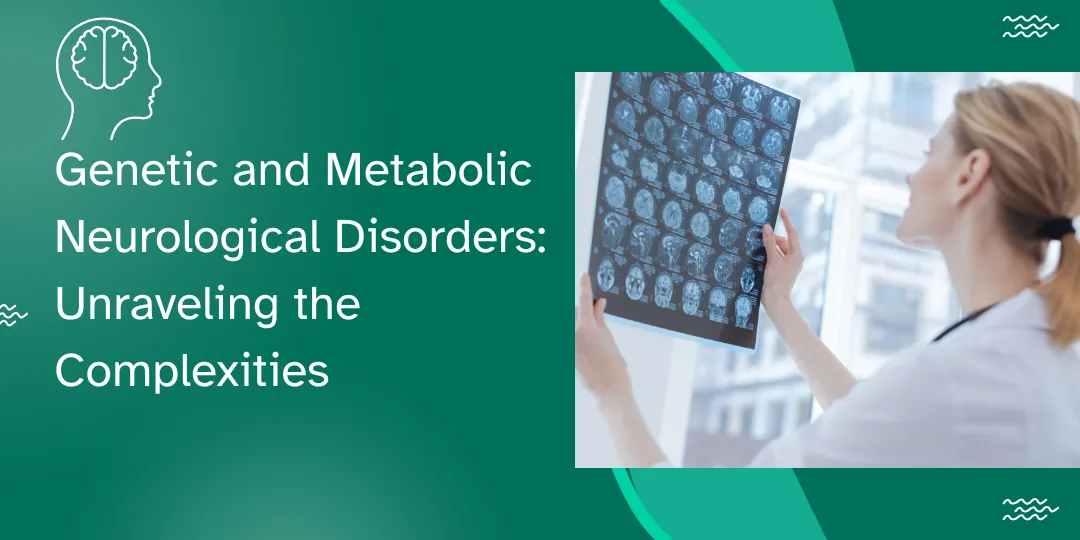
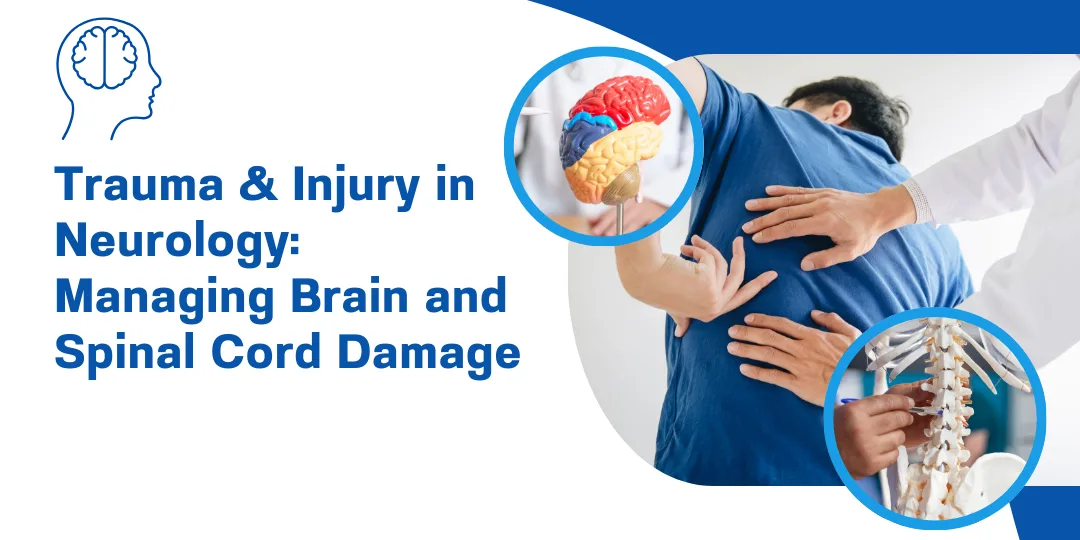
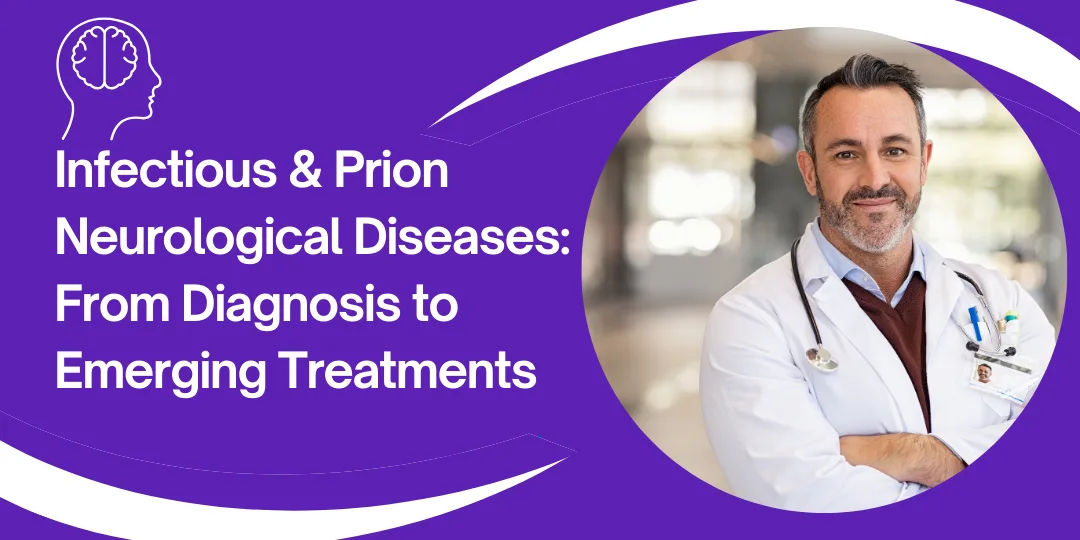
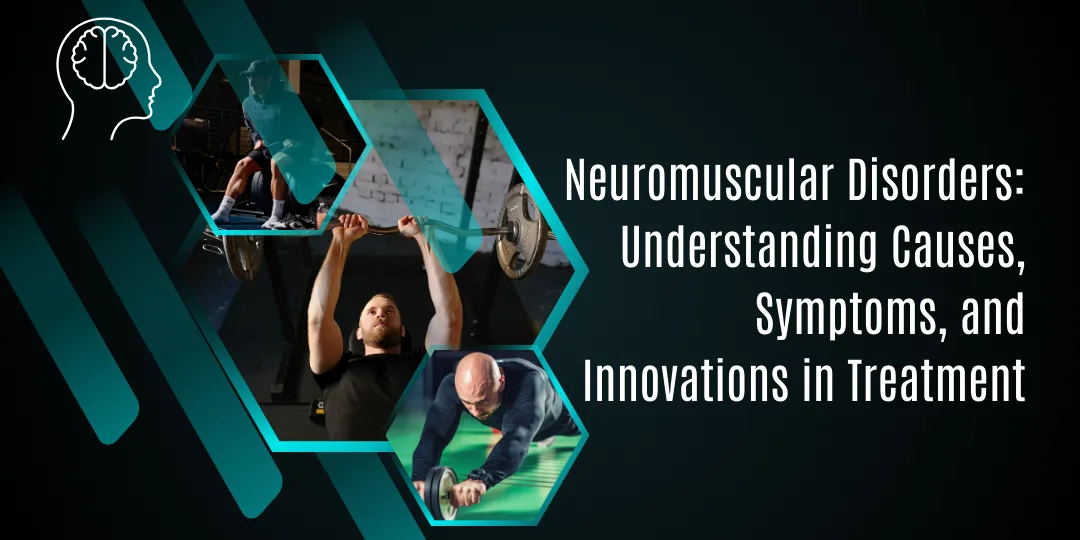


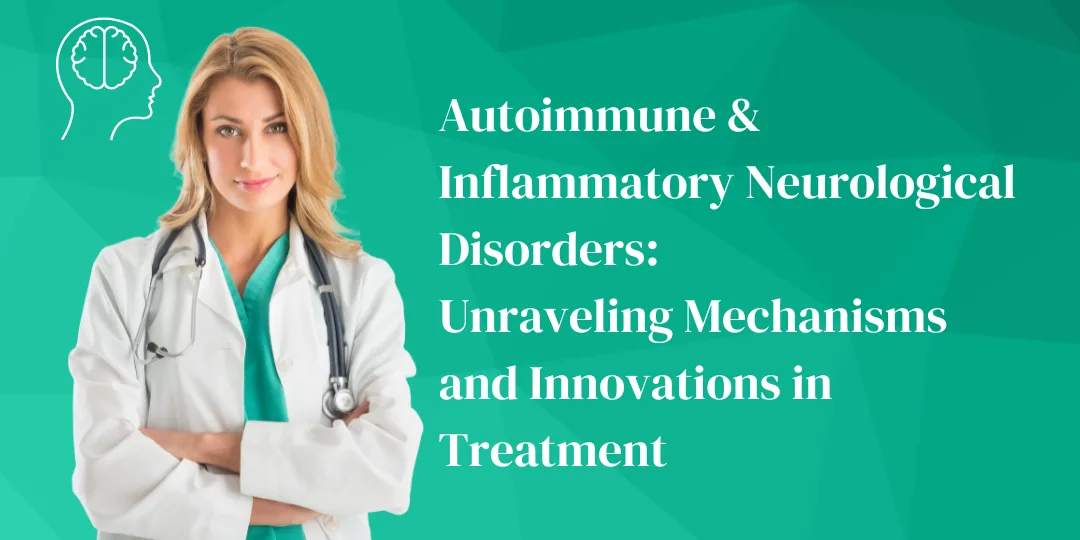
0 Comments